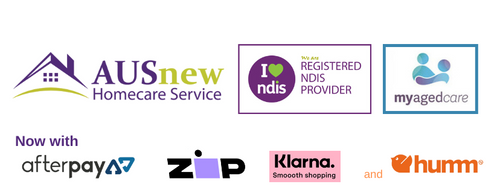Helping Your Loved One Settle into Their New Home with SIL or SDA

Transitioning a loved one into Supported Independent Living (SIL) or Specialist Disability Accommodation (SDA) can be an emotional and complex journey. Whether it's your child, sibling, parent, or close friend, the change often brings a mix of relief, uncertainty, and hope. With the right preparation and support, this move can empower your loved one to live more independently while still receiving the care they need.

1. Start with Open Conversations
Change can be daunting—especially when it involves a shift in living arrangements. Talk openly with your loved one about their needs, preferences, and any fears they may have. Reassure them that this is about creating a home that supports their independence, dignity, and wellbeing.
Tip: Use visuals or visit similar housing settings together to help them picture the change.

2. Understand Their NDIS Plan
Make sure the NDIS plan is up to date and includes the right supports for a SIL or SDA transition. This may include:
-
Assessments by occupational therapists or support coordinators
-
Funding for transition support
-
Core supports for daily living
Tip: Work closely with their support coordinator to ensure the correct documentation and goals are in place.

3. Visit Potential Homes Together
Take the time to explore different SIL or SDA properties together. This gives your loved one a sense of control and involvement. Look beyond the building—consider location, housemates (if applicable), staff experience, and daily routines.
Ask:
-
Does the environment feel safe and welcoming?
-
Can they bring personal items or furniture?
-
Is there room for social connection and quiet time?

4. Build a Familiar Support Circle
Familiar faces make a big difference. If possible, coordinate with providers to have staff your loved one already knows or trusts involved in the transition. Encourage regular visits before the official move-in day to build familiarity and confidence.

5. Pack with Purpose
When the move-in day comes, help them bring along cherished items—photos, favorite bedding, familiar scents or objects. These comfort items can make their new house feel more like home.
Bonus Tip: Create a visual schedule or checklist if your loved one benefits from routine.

6. Stay Involved—but Empower Independence
Support doesn’t stop after the move. Stay in regular contact, visit often if appropriate, and be part of key planning or review meetings. But also give space for your loved one to develop new routines and relationships.
Encourage:
-
Participation in household decisions
-
Building friendships
-
Learning daily living skills with support

7. Monitor and Adjust
Every transition takes time. There may be hiccups in the beginning—this is normal. Keep open communication with the care team and your loved one. If something isn’t working, adjustments can be made through the NDIS review process or provider feedback.
Final Thoughts
Helping your loved one move into SIL or SDA housing is not just about a change in address—it’s about supporting their journey toward greater independence, dignity, and quality of life. With compassion, preparation, and teamwork, this transition can be a powerful step forward for everyone involved.
Looking for SDA Accommodation?
We’re here to help. Whether you need support gathering reports, finding providers, or navigating the NDIS system, get in touch with our team. Let’s work together to help you find your perfect home.
Our team At Ausnew Home Care is here to assist you in finding the perfect living arrangement that supports your independence and well-being.

